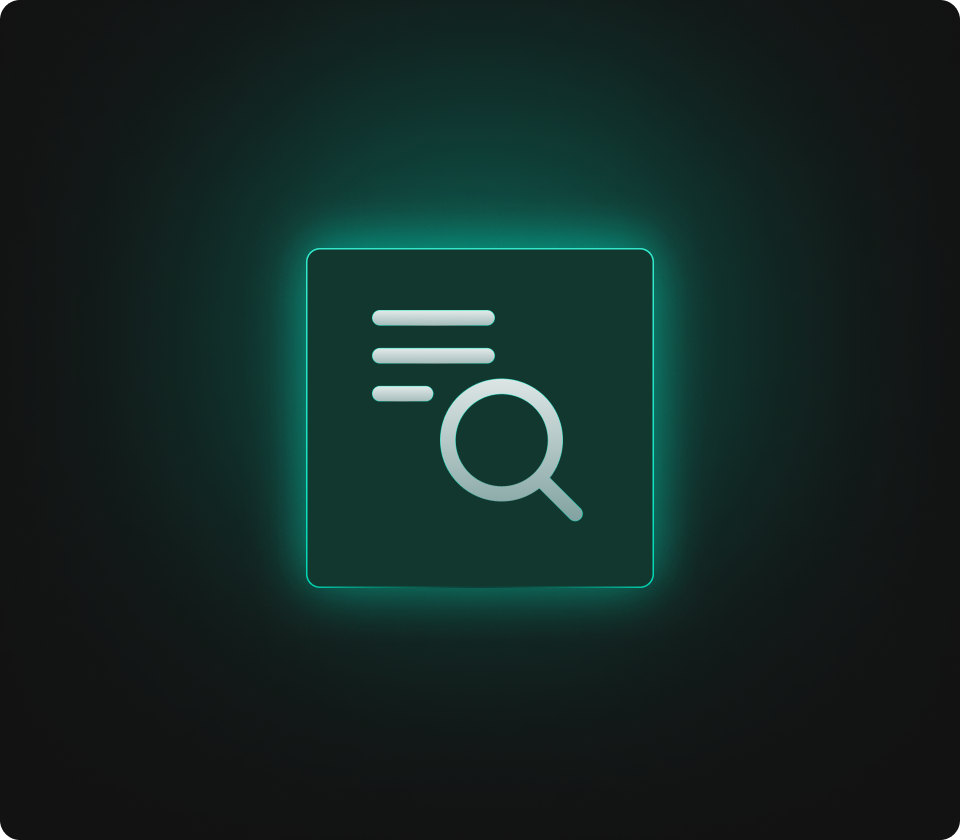How do you clean historical data (requests, sales, etc.)?

The quality of historical data is a key factor for reliable forecasts. Flowlity therefore offers a data cleaning process prior to modeling. Concretely, this involves identifying and correcting anomalies in your sales or consumption history. For example, we detect outliers (an exceptional sales spike due to a promotion or an input bug), missing or inconsistent periods, and we handle them appropriately. Cleaning involves several steps: standardizing units and formats, removing or smoothing outliers, and imputing missing data if necessary. As a general data cleaning approach describes it, it involves "identifying and correcting errors, filling in missing values, and putting the data into a consistent format" before analysis. Flowlity uses business rules (e.g., ignoring zero sales during a factory shutdown) and algorithms to achieve this. For example, a statistical method can replace an abnormal spike with a value more representative of the trend. Furthermore, our demand forecasting AI is capable of integrating external data (market trends, weather, etc.) and detecting breaks in the history to avoid biasing forecasts. In practice, during onboarding, our teams assist you in auditing your history: we identify unreliable data with you (for example, a reference whose coding has changed during the year) in order to adjust or exclude it. This cleansing phase ensures that the forecasting model is working on a sound basis. Finally, since Flowlity is a learning solution, the cleaning is continuous: over time, the algorithm learns new behaviors and can rule out future anomalies on its own. You, of course, retain control over validating or adjusting any processing of historical data.
.svg)


